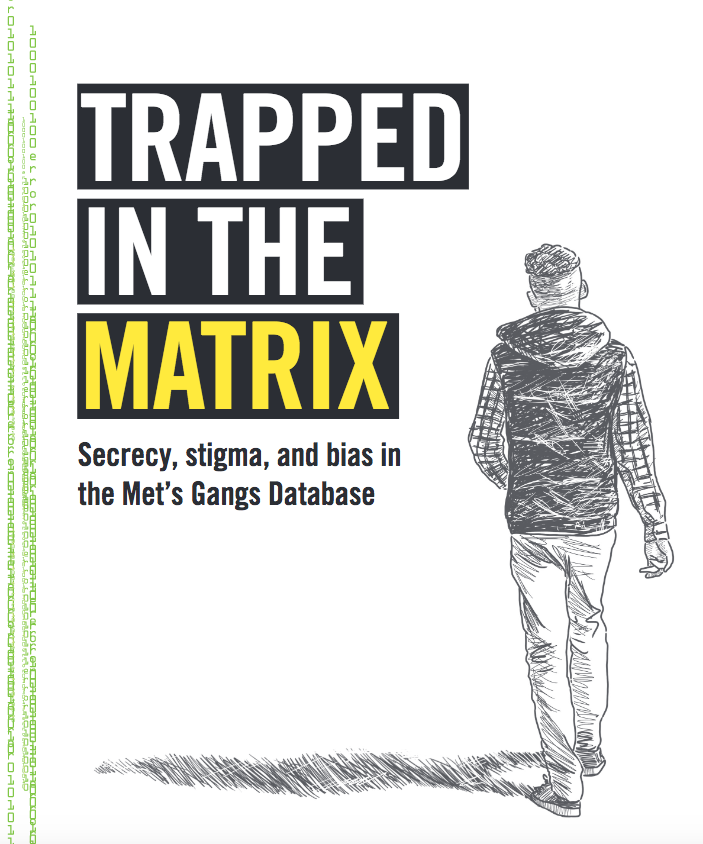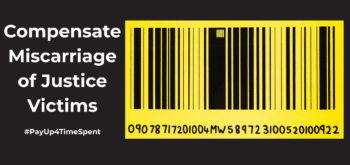The Metropolitan Police has now officially discontinued its controversial Gangs Violence Matrix following the highly publicised legal challenge by civil liberties group Liberty in 2022. It will be replaced with an adapted tool called the Violence Harm Assessment.
The Gangs Violence Matrix (GVM) database was created by the Met following the 2011 London riots to identify and risk-assess individuals involved in gang violence across the city. The recent announcement of its discontinuation comes following the Met agreeing to a complete redesign of the GVM in 2022 following widespread concerns over its ‘disproportionality’.
As previously reported in the Justice Gap, the lawfulness of the GVM was challenged by Liberty on the basis that it discriminated against people of colour, particularly black men and boys, and breached human rights, data protection laws and public law principles. At that time, 86.5% of those on the database were black, Asian or other minority ethnic (BAME). Furthermore, whilst 79% of those on the matrix were black, the percentage of black people responsible for serious youth violence was much lower at only 27%.
Amnesty International has previously described the GVM as ‘part of an unhelpful and racialised focus on the concept of gangs at the expense of concentrating on the most violent offenders.’ Research found that the threshold for adding individuals to the GVM was extremely low, with no clear guidance or criteria, and a wide discretion left to police officers. Information about those on the database could be blanket-shared with other agencies, negatively impacting jobs, housing and education.
Jude Lanchin, a senior associate in criminal defence at Bindmans LLP, which has previously represented individuals on the database, said that, whilst she welcomed the news the GVM has been discontinued, she remained ‘very concerned that the racial discrimination embedded in the GVM’ would remain in the new Violence Harm Assessment tool.







